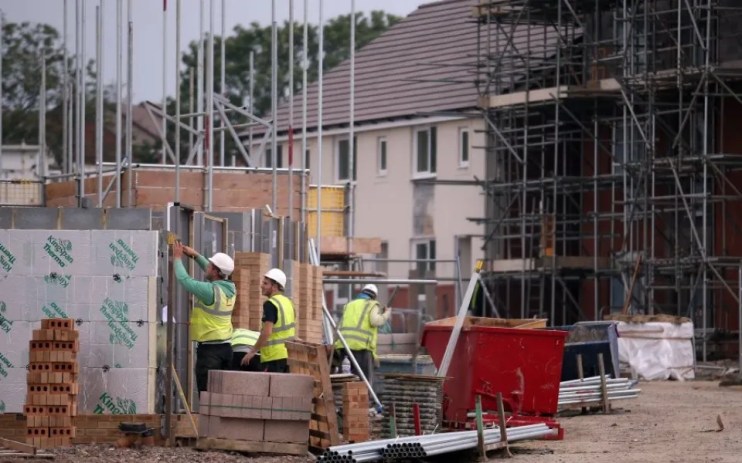Mortgage arrears surge 50 per cent to seven-year high as Brits squeezed by higher rates

The proportion of UK mortgages in arrears rose to its highest level since 2016 at the end of last year, according to data from the Bank of England, as borrowers were squeezed by high interest rates and household costs.
The central bank’s figures showed that during the last three months of 2023, the share of outstanding mortgage balances in arrears rose to 1.23 per cent from 1.12 per cent in the previous quarter – the highest level since the final quarter of 2016.
The value of these balances in arrears came in at £20.3bn, a 9.2 per cent rise from the previous quarter and a 50.3 per cent leap from the same period in 2022.
The figures come after lenders have hiked mortgage rates over the last three years due to rising inflation and higher interest rates.
Rates started to come down early this year with more confidence on interest rate cuts, although they still remain much higher for the roughly 1.6m people whose cheaper fixed deals expire in 2024.
The Bank of England found that the value of gross mortgage advances fell 13.4 per cent from the previous quarter £54.0bn, down 33.8 per cent from the same period in 2022.
Surging house prices and borrowing costs have driven one in five first-time buyers to take out home loans of 35 years or longer, according to data from UK Finance, in a bid to offset affordability pressures with lower monthly repayments.
Commenting on the Bank of England’s data, Justin Moy, managing director at EHF Mortgages, told Newspage: “These are very alarming figures. When arrears have been low for so long, any increase looks significant. It’s worrying though when we have so many borrowers yet to feel these higher rates and the Mortgage Charter has also given six months of interest-only relief, too.”
Elliott Culley, director at Switch Mortgage Finance, added: “The effect of all the base rate increases we’ve had is finally hitting home. There was always going to be a lag in the data from when the changes were made, and we are now at a point where borrowers are feeling squeezed.”